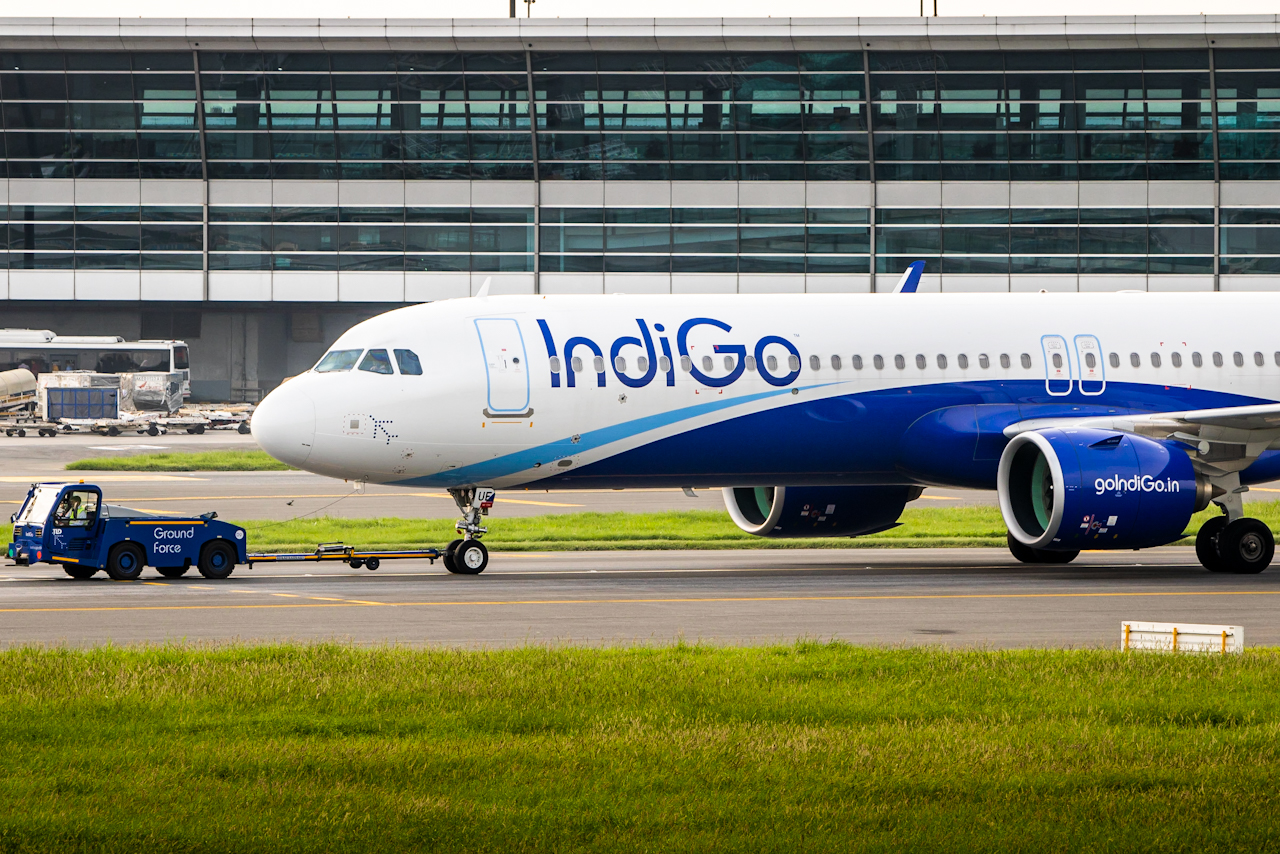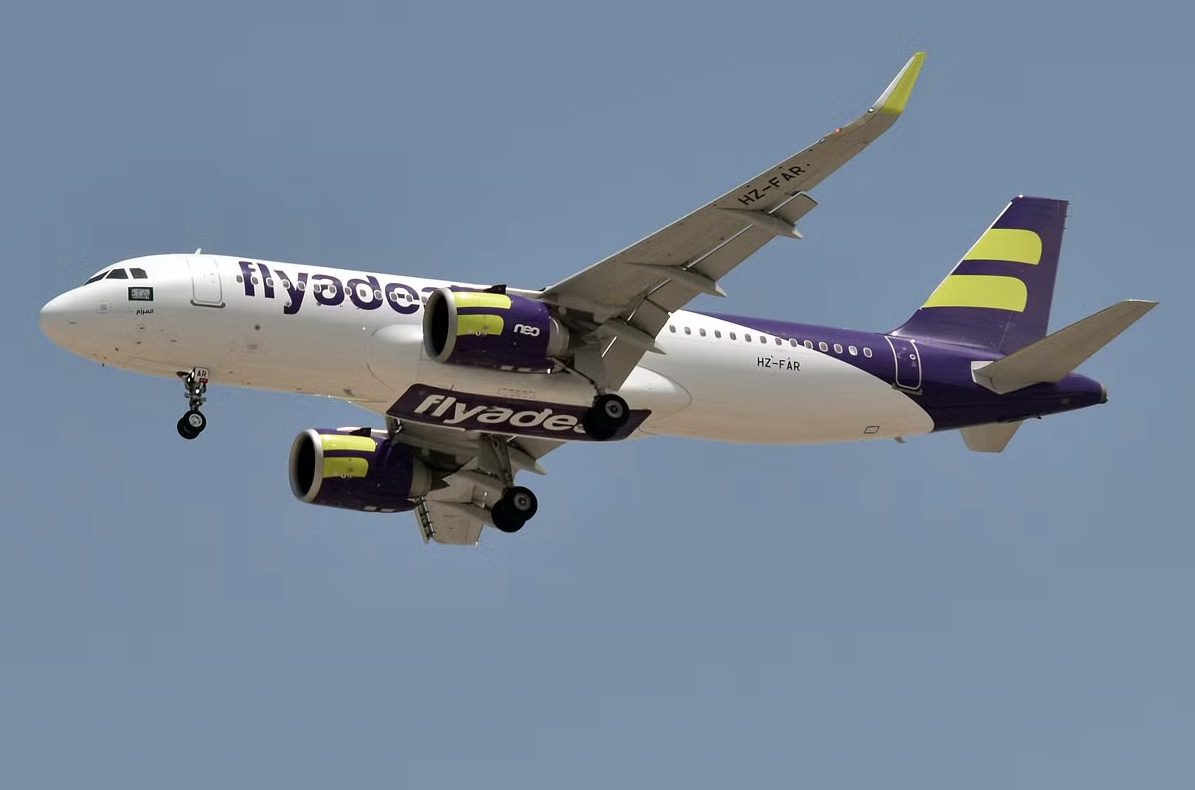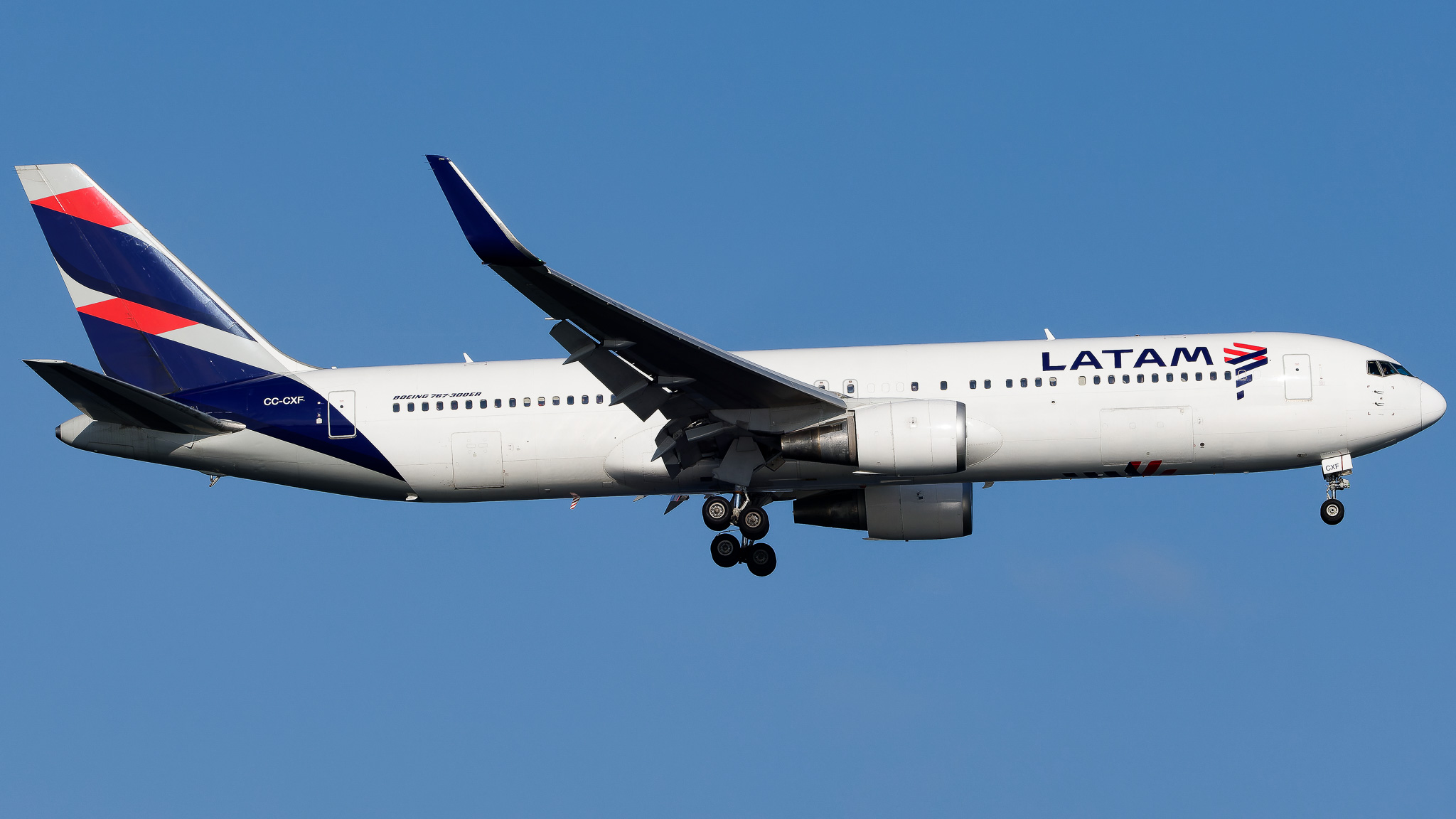You can follow all of TheExplorerBlog's updates on the MAX at our 737MAX Articles Page

On October 3 and 29 of 2019, flights JT610 and ET302 respectively were operated by Boeing 737 MAX8 aircraft and crashed as a result of a nose dive. The causes of the two accidents were complex, but linked mainly to the 737’s Maneuvering Characteristics Augmentation System (MCAS), which was introduced to the 737 MAX to manage changes due to the aircraft's considerably larger engine size than its predecessors. After the second crash, the Federal Aviation Administration (FAA) decided to ground all 737 MAX planes until the cause of the accidents was determined.
The MCAS software prevents the 737 from stalling by "pushing" the nose down. Stall is indicated through an Angle of Attack (AoA) sensor - the 737 Max is fitted with two, but MCAS only used one. If that AoA sensor failed, then the MCAS could activate when it shouldn’t, unnecessarily pushing the nose down. This is how both crashes were caused. The MCAS software has now been modified and now uses both AoA sensors, considerably increasing safety. The software also now only activates once, rather than multiple times, when a potential stall is signaled by both the AoA sensors. Pilots are provided with an "AoA disagree warning" which indicates the possibility of erroneous activation of MCAS. This warning was not standard equipment at the time of the two accidents – it had to be purchased by airlines as an option. Pilots will now be trained on the operation of the MCAS and management and its problems.

Recently the 737 MAX has started to take back to the skies in certain countries as the aircraft has been re-certified for passenger transport. Would you fly aboard the MAX? Let us know in the comments below!
Thai Airways Welcomes First Airbus A321neo » How Guides Can Manage Seasonal Demand and Last-Minute Bookings With Better Planning Tools » World’s Most On-Time Airlines and Airports of 2025 »
Comments (0)
Add Your Comment
SHARE
TAGS
INFORMATIONAL 737MAX Boeing Flight Crash Issues Synopsis Aviation TheExplorerBlog AeroXplorerRECENTLY PUBLISHED
 First Airbus A321XLR Arrives in Delhi to Launch Landmark Athens Route
In a transformative moment for Indian aviation, IndiGo officially inducted its first Airbus A321XLR (Extra Long Range) aircraft today, January 7, 2026. The aircraft, bearing tail number VT-NLA, touched down at Indira Gandhi International Airport (DEL) following a delivery flight from Hamburg via Abu Dhabi.
ROUTES
READ MORE »
First Airbus A321XLR Arrives in Delhi to Launch Landmark Athens Route
In a transformative moment for Indian aviation, IndiGo officially inducted its first Airbus A321XLR (Extra Long Range) aircraft today, January 7, 2026. The aircraft, bearing tail number VT-NLA, touched down at Indira Gandhi International Airport (DEL) following a delivery flight from Hamburg via Abu Dhabi.
ROUTES
READ MORE »
 Saudi LCC Flyadeal Expands Network with New Medina Base
In a landmark move for Saudi Arabia’s aviation sector, flyadeal, the Kingdom’s leading low-cost carrier, has officially inaugurated its fourth operational base at Prince Mohammad bin Abdulaziz International Airport (MED) in Medina.
ROUTES
READ MORE »
Saudi LCC Flyadeal Expands Network with New Medina Base
In a landmark move for Saudi Arabia’s aviation sector, flyadeal, the Kingdom’s leading low-cost carrier, has officially inaugurated its fourth operational base at Prince Mohammad bin Abdulaziz International Airport (MED) in Medina.
ROUTES
READ MORE »
 LATAM Boeing 767 Immobilised in Atlanta After Catastrophic Eight-Tire Blowout
There is a fragile physics to the moment a 150-ton machine transitions from the grace of flight to the friction of the earth. On the evening of January 6, 2026, that transition turned violent for LATAM Airlines Peru flight LA2482.
NEWS
READ MORE »
LATAM Boeing 767 Immobilised in Atlanta After Catastrophic Eight-Tire Blowout
There is a fragile physics to the moment a 150-ton machine transitions from the grace of flight to the friction of the earth. On the evening of January 6, 2026, that transition turned violent for LATAM Airlines Peru flight LA2482.
NEWS
READ MORE »



